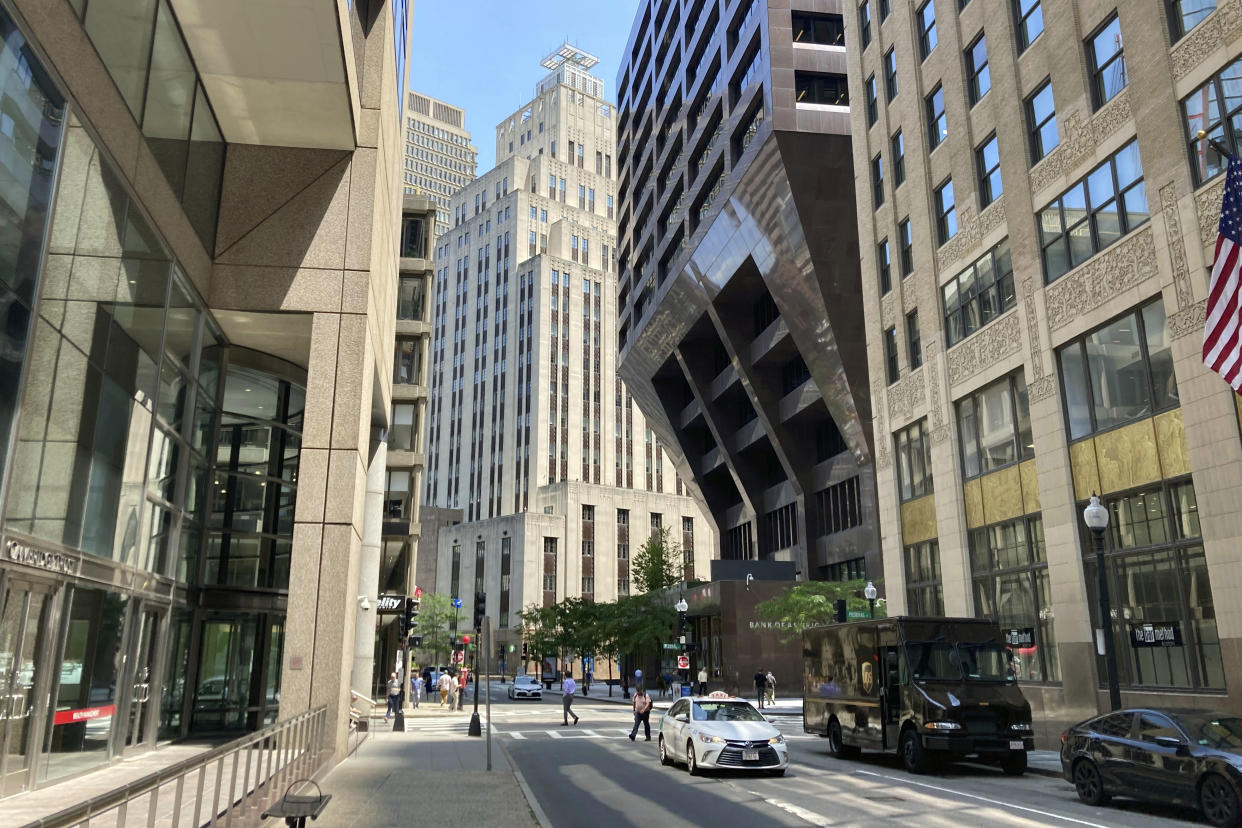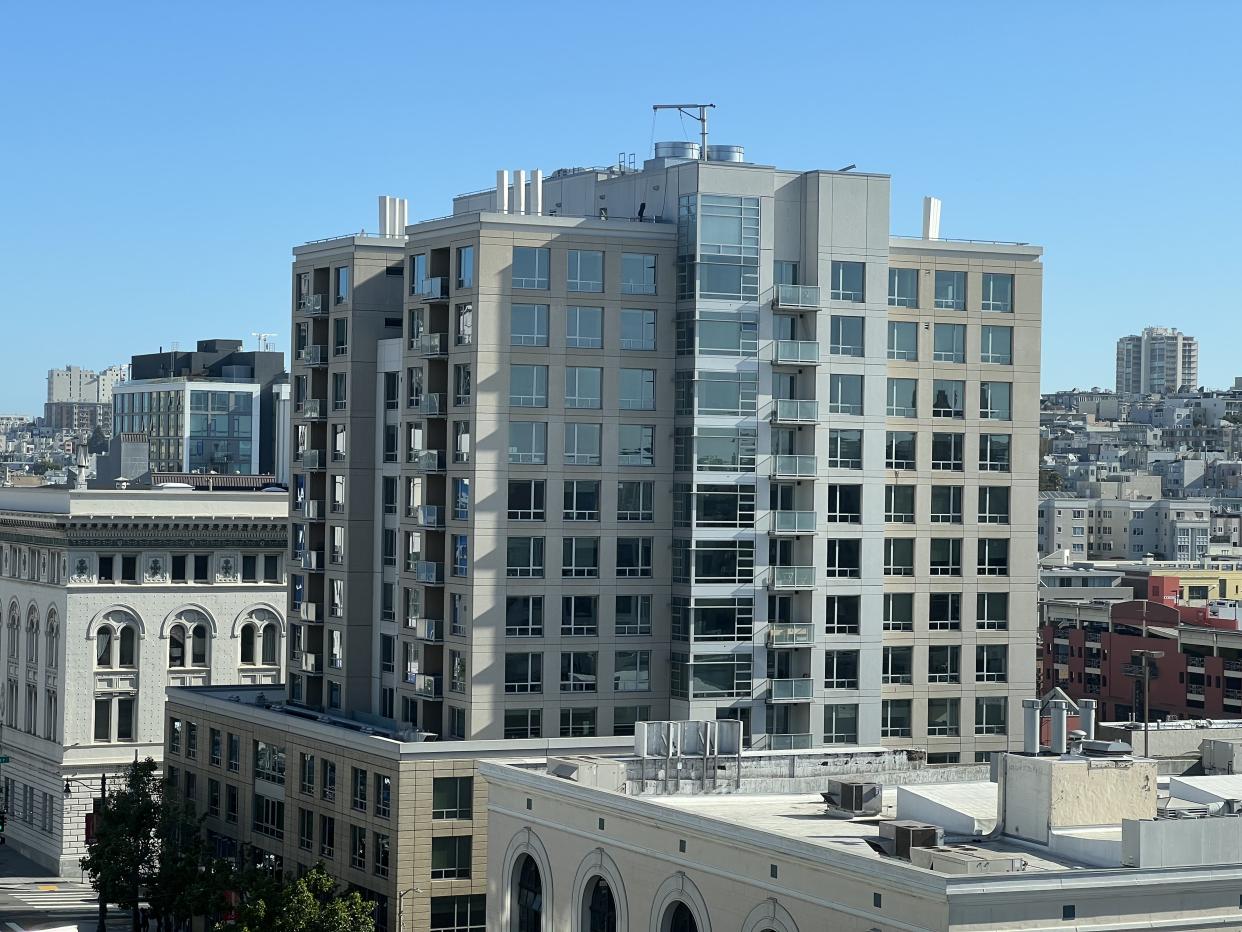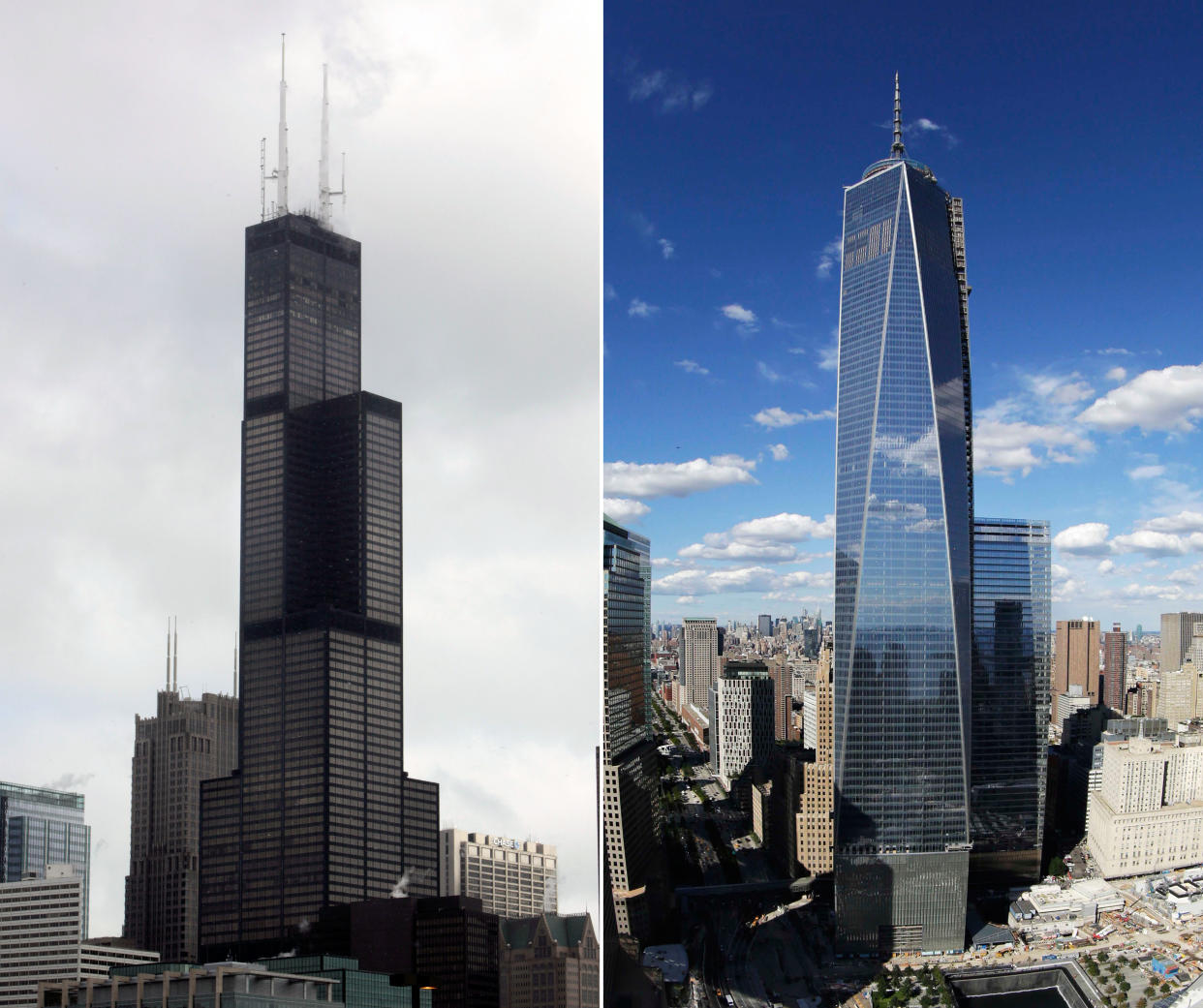Boston’s plan to convert empty office buildings into housing faces challenges

Boston Mayor Michelle Wu announced a program on Tuesday to offer steep property tax discounts of up to 75% for landlords who convert empty office space into residential use. Wu’s policy comes in response to two problems afflicting many cities: since the COVID-19 pandemic increased remote work, demand for office space has dropped, while already high housing prices have continued to rise.
Boston’s vacancy rate for office space climbed to 14.2% in the second quarter, Bloomberg News reported on Wednesday, while the average monthly rent for a one-bedroom apartment has jumped by 8% over the past year, to $2,800.
Other cities, including Chicago and Washington, D.C., have also launched programs to promote office-to-residential conversions in the wake of the pandemic. But the idea is far from new. In 1997, Philadelphia passed a 10-year tax abatement for converting office and industrial buildings to residential use, which helped turn 8.2 million square feet from over 40 office buildings into housing or hotels.
But many office buildings cannot easily or affordably be turned into housing. Here’s why:
Cost

A study by the San Francisco Bay Area Planning and Urban Research Association found that in downtown San Francisco, “most conversions of underperforming office buildings to housing are not financially feasible.”
In San Francisco, those costs would average $472,000 to $633,000 per housing unit, according to estimates by Turner Construction.
“The cost of renovating an existing building compared to building new is the same. Demolition is a big number,” Lee Golub, an executive at the Chicago-based real estate development firm Golub, told the financial news website Benzinga in April. “You’re redoing the walls, interior systems and elevators, and in some, you might be able to save some stuff, like the roof. But most everything else is basically a new building.”
Construction isn’t the only cost. Many office buildings are still partially filled with tenants. That means owners can be forced to buy tenants out of their lease. Further increasing the cost of renovations, interest rates for construction financing have risen over the past year.
“Office conversion is a very pricey way to add just a fraction of the housing we need,” the Brookings Institution concluded in a recent report.
Design

Most residential tenants want a window in their home for natural light, and it’s often required by law for every bedroom. That makes it difficult to repurpose the vast interior spaces of modern office buildings for housing.
Creating apartments means adding walls, hallways and shared amenities. Every home needs its own bathroom and kitchen, while offices often have only one or two communal bathrooms or kitchens per floor.
“Because the floor plates may not have been designed to accommodate [kitchens and bathrooms], it can add cost and complexity to install them,” Strong Towns, a smart-growth advocacy organization, noted in May. Residential tenants also need individual HVAC systems so that they can control the temperature in their own apartment. This requires making holes in a building’s exterior, which may not be feasible to add.
Legal barriers

A variety of laws and regulations stand in the way of some conversions.
In New York, a state law designed to guarantee access to natural light limits how much of a lot a residential building can cover. Gov. Kathy Hochul has proposed revising the law, but some legislators have opposed this. New York City’s building code will also soon require lower carbon emissions from large residential buildings than from offices.
Cities including Boston and San Francisco have stricter building requirements for residential projects, to make sure homes can withstand earthquakes.
Some cities have ordinances that require the windows in residential space to be openable, which the windows in air-conditioned modern office buildings typically are not.
Local zoning codes can pose other challenges. Cities may not currently allow housing in certain commercial areas where office buildings are located, or they may require additional amenities for housing, such as parking. Some also require that some portion of a new housing project offer affordable housing at below-market rents, which can make the undertaking less financially attractive.
Despite those barriers, Wu emphasized Tuesday that any conversions of empty office space would be viewed as a success.
“One building could potentially create hundreds of new housing units that could include a lot of affordable units,” she said. “If we got two or three buildings downtown with a couple hundred units each, that would be a significant step.”
